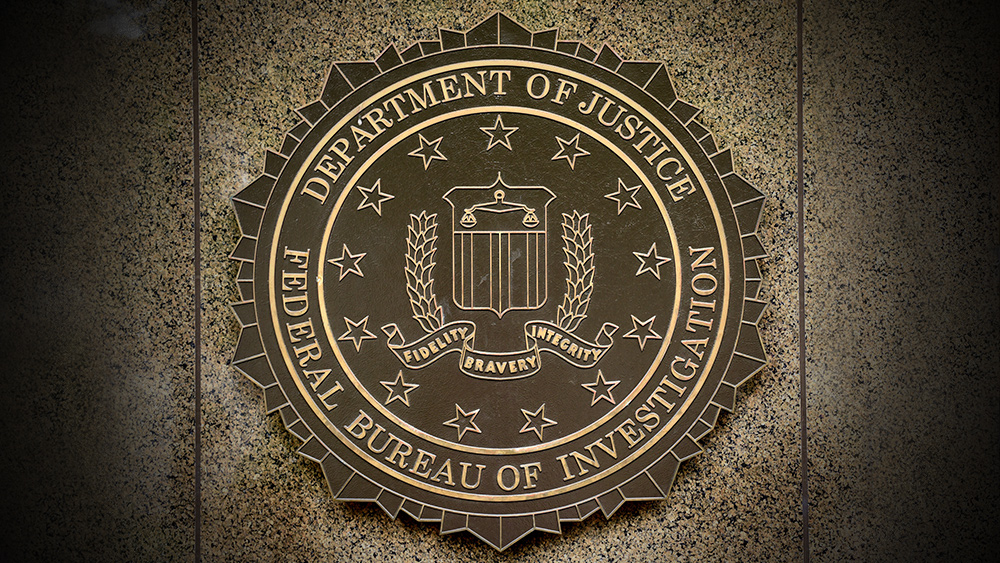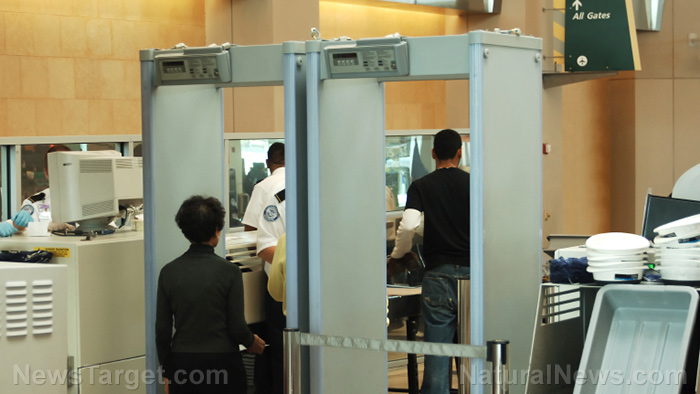© Brighteon.com All Rights Reserved. All content posted on this site is commentary or opinion and is protected under Free Speech. Brighteon is not responsible for comments and content uploaded by our users.
Nineveh and the Archaeological Evidence
37 followers
Follow
0
Download MP3
Share
Report
56 views • 10/30/2019
In 19th century Victorian Britain, incredulity towards the Bible had begun to set in bringing the Bible’s historicity into question. In the ‘Post-Age of Enlightenment’ period many scholars had eroded the confidence in the accuracy of scripture. However, when Layard produced his first book “Nineveh and its Remains” it became a bestseller and rejuvenated a dying faith in the public consciousness. Other than the Old Testament and an obscure description of ruins by Greek historian Xenophon, in 400 BC, there was no other historical record to prove the existence of Nineveh. The city had long since been considered a myth. What Austen Layard ultimately discovered were the records of kings and their conquests which directly paralleled the biblical account.
Additional Resources:
http://www.TWCanada.org
The Bible: Fact or Fiction https://www.tomorrowsworld.org/booklets/the-bible-fact-or-fiction/content
Viewpoint Archives - http://www.lcgCanada.org/viewpoint-archive.php
Make sure not to miss another video from the Viewpoint team.
Subscribe here:
https://www.youtube.com/tomorrowsworldviewpoint
Additional Resources:
http://www.TWCanada.org
The Bible: Fact or Fiction https://www.tomorrowsworld.org/booklets/the-bible-fact-or-fiction/content
Viewpoint Archives - http://www.lcgCanada.org/viewpoint-archive.php
Make sure not to miss another video from the Viewpoint team.
Subscribe here:
https://www.youtube.com/tomorrowsworldviewpoint
Keywords
FREE email alerts of the most important BANNED videos in the world
Get FREE email alerts of the most important BANNED videos in the world that are usually blacklisted by YouTube, Facebook, Google, Twitter and Vimeo. Watch documentaries the techno-fascists don't want you to know even exist. Join the free Brighteon email newsletter. Unsubscribe at any time. 100% privacy protected.
Your privacy is protected. Subscription confirmation required.





